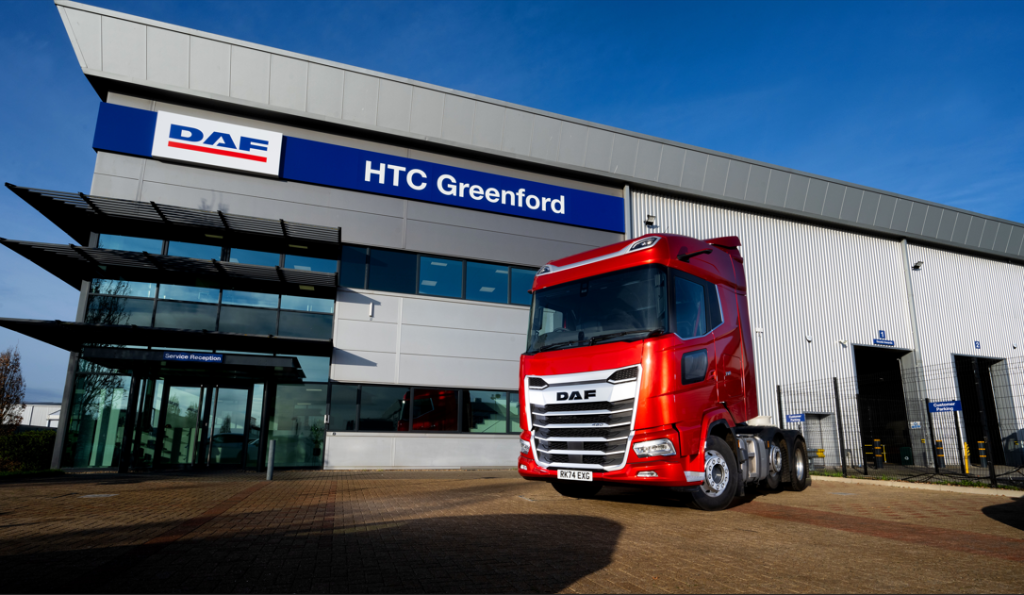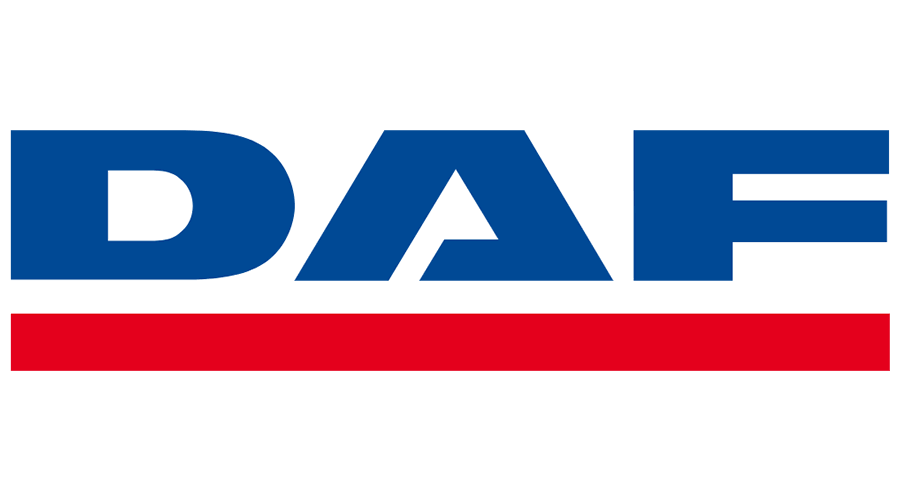What do the distance from Perth to Brisbane and a DAFaid call-out in central London have in common? Not much except that both highlight the wildly different realities of selling and servicing trucks in Australia versus the UK.
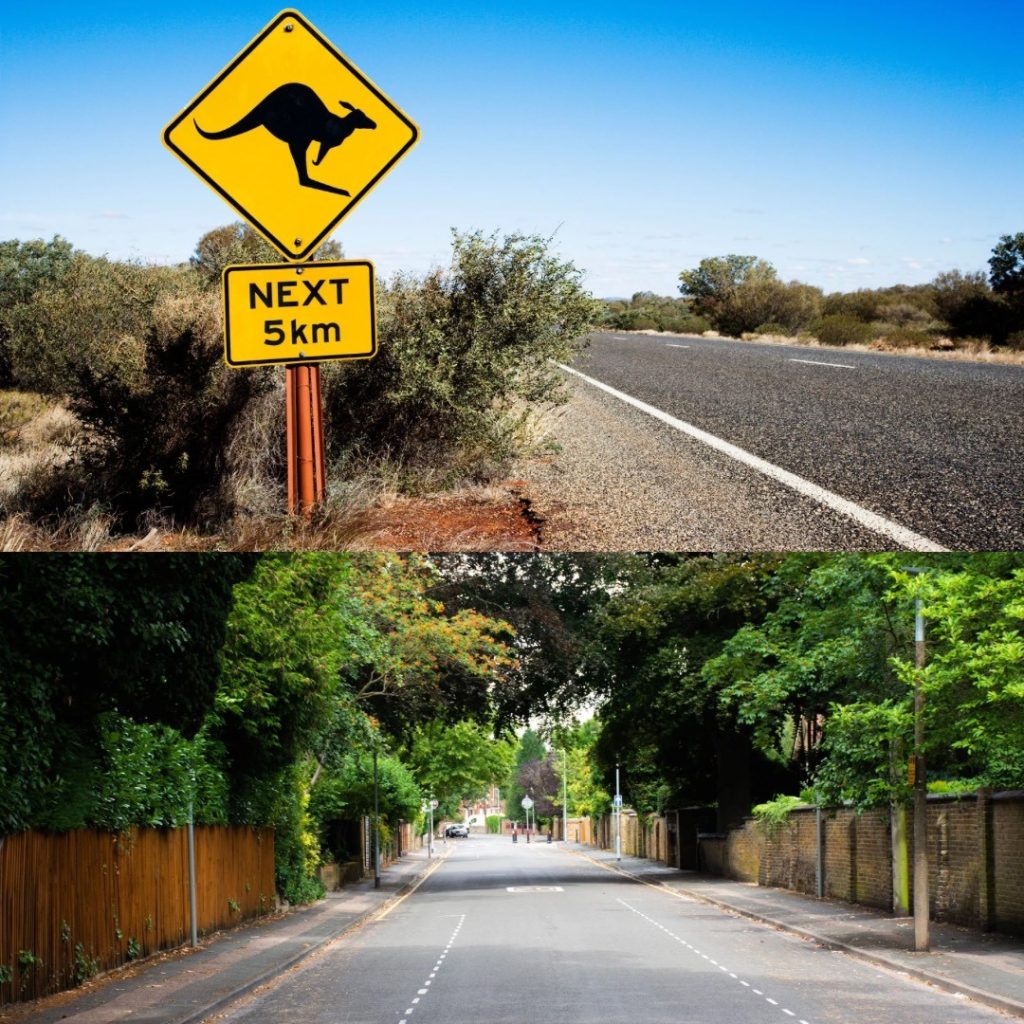
When a truck breaks down in the UK, DAFaid roadside assistance averages 90 minutes from initial call to vehicle moving, thanks to the country’s dense population, compact geography, extensive network of DAFaid locations and highly responsive parts network. In Australia, however, a breakdown could mean a recovery team setting out on a 17-hour journey, possibly involving a plane. With dealerships and service centres hundreds, sometimes thousands, of kilometres apart, uptime and self-sufficiency are crucial.
It’s these fascinating differences, and surprising similarities, that made a recent visit by a group of Australian DAF Dealer Principals to the UK and Europe all the more meaningful. Their aim: to exchange ideas, share best practices, and gain fresh inspiration from their counterparts in Europe.
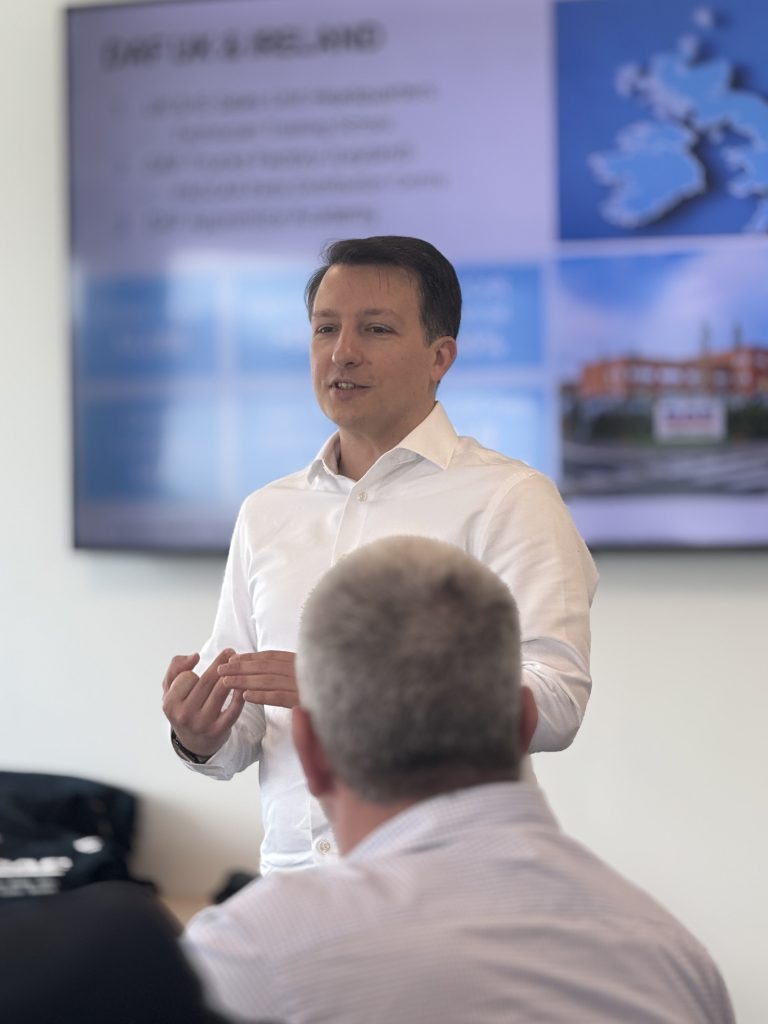
Same brand, different worlds
The visiting delegation travelled first to the DAF factory in Eindhoven, Netherlands, then to Westerlo Belgium, before heading to HTC Group’s newest location in Greenford, West London. Their journey gave them a unique look into how DAF operations adapt to local conditions and how much there is to learn from each other.
In the UK, truck sales revolve around efficiency, emissions compliance, and manoeuvrability in tight urban settings. With routes typically short and access to service points never far away, customers prioritise clean engines, fuel savings, and compliance with regulations like London’s Direct Vision Standard. The speed of service is a major strength, with a wide-reaching parts network and high workshop availability enabling fast turnaround.
In contrast, the Australian trucking landscape is more often shaped by distance, heat, size and durability. With routes stretching from Melbourne to Darwin or Adelaide to Cairns, truck specifications are far more bespoke and the vehicles must be built for serious endurance. Long-haul drivers may spend weeks on the road, with service support stretched across vast regions. Regulations differ too. For example, Aussie drivers can legally drive up to 12 hours in a day under fatigue management rules, compared to the UK’s 9-hour limit and mandatory breaks every 4.5 hours.

Finding common ground
At HTC Greenford, the Australian Dealer Principals explored a modern dealership built around service excellence, sustainability, and customer care. They were introduced to a site that not only delivers operational efficiency but also embodies the future of how trucks will be sold and serviced in evolving markets.
David Codd, Service Manager at HTC Greenford, shared how his team creates strong customer relationships and delivers consistently high standards, values that resonate regardless of geography. “No one wants to bring their vehicle in for service or repair; it means lost time and interrupted uptime. That’s why we focus on making the experience as smooth as possible. It’s something we do well!”
The Australian team also learned how the UK’s high dealership density and robust logistics make same-day servicing and rapid parts delivery possible, something not easily replicated in regions where the nearest neighbour might be several hundred kilometres away.
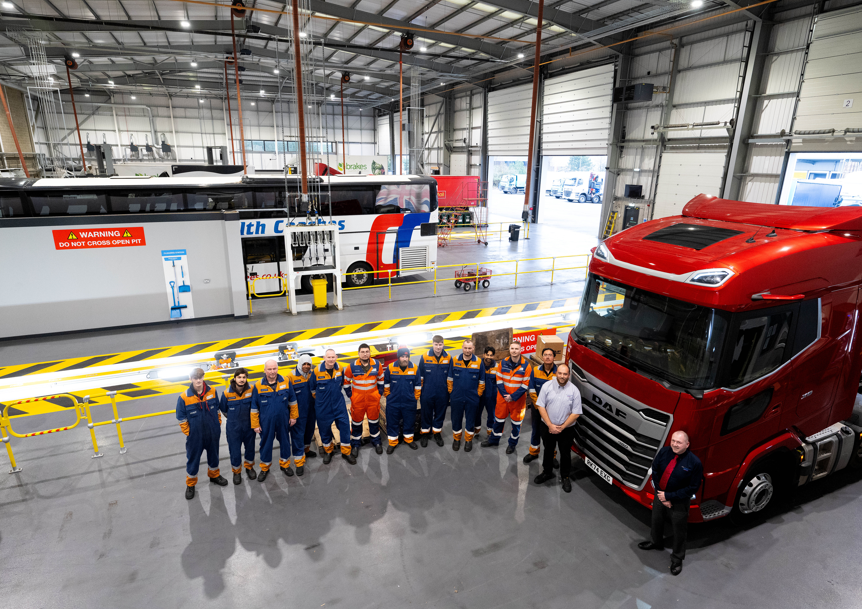
Same Challenges, Different Settings
Despite their contrasting landscapes, both the UK and Australian markets face similar underlying challenges: evolving emissions targets, customer expectations, and technician shortages. The delegation saw first-hand how shared values, like a focus on uptime, customer trust and innovation bridge geographical divides.
When asked about any ideas they may take home and look into, some of the Aussies said they were particularly impressed with the DAF Dealership Optimisation system which underpins the site layout, having a positive impact on workflow and operational efficiency across the network. At HTC Greenford they saw this in action, in the organised and methodically arranged parts store. The structured approach not only supports technician productivity but also contributes to impressive efficiency records across the business. For the visitors offered a valuable comparison point, highlighting how dealership infrastructure can be adapted to suit high-volume, high-density markets. In contrast, Australia’s more geographically dispersed network often requires flexible and tailored solutions to meet the unique demands of long-distance transport and remote service support.
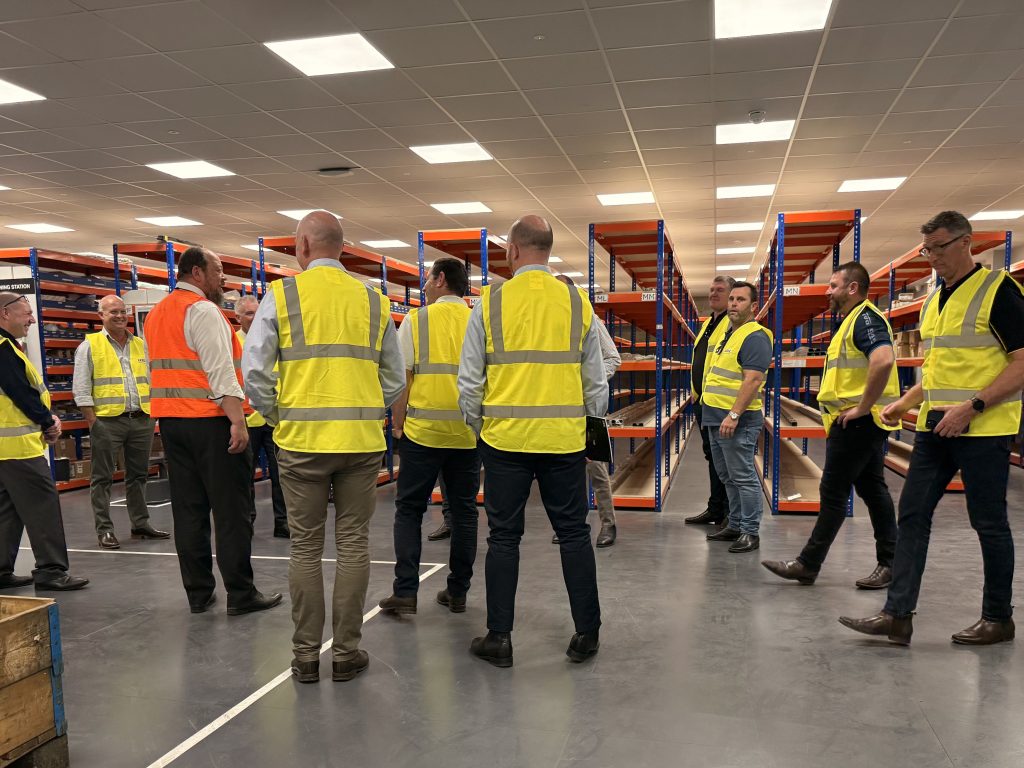
Global insight for local success
What stood out most from the visit was the openness to learn and the mutual respect between teams working in such different conditions under the same DAF banner.
While Australian dealers return home to vast, rugged roads and uniquely tough conditions, they do so with fresh inspiration from their European peers. Lessons in service speed, digital innovation and customer care are just as relevant in Sydney or Perth as they are in London or Birmingham.
This global collaboration reminds us that while the distances may differ, the destination is the same: excellence in truck service and sales.
